Though Kuala Lumpur is a relatively compact city, there is plenty to see and do. Food, shopping, and cultural attractions are on every corner, and it’s up to you to indulge in all that this bustling city has to offer.
It can be hard for visitors to keep up with just what to do in KL. High turnover, constant construction, and a trend-based mentality mean that popular bars, restaurants, and activities come and go. However, there are some things that are more permanent… things that have been around for a long time and will likely be around for much longer. Here are some things you can enjoy during any visit.
Sightseeing
Your key to seeing the real KL is to unchain yourself from the airconditioner and go out to wander, and let yourself get a little hot under the collar… literally. Arm yourself with some sunblock and water, and check out some of KL’s popular sights such as the Petronas Twin Towers, KL Tower, Batu Caves, and Chinatown.
Architecture
Malaysia has long used Islamic motifs in modern architecture to produce amazing buildings like the Petronas Twin Towers, Menara Public Bank, and Tabung Haji (all along Jalan Ampang), but also be sure to take in older buildings like the National Mosque, as well as Hindu and Buddhist temples and colonial bungalows. If you’re a fan of modern architecture, you’ll be spoiled for choice as Kuala Lumpur is a rapidly developing city. Besides the iconic Petronas Twin Towers, some impressive new buildings include the ILHAM Tower, Troika Kuala Lumpur Towers, Telekom Tower, and the upcoming Four Seasons supertower, set to open next year.
Walking
KL is actually a pretty small city, but its complex system of ring roads and one-way streets can make you think it’s a whole lot bigger. For example, KLCC and Bukit Bintang are only a 10-minute walk (not a RM10 cab fare) away from one another. So instead of taking the LRT/MRT or a taxi, strike out on foot and hit the streets for a change– you’re bound to find surprises. These days, there’s even a series of air-conditioned elevated walkways connecting these popular two tourist areas!
KL Railway Station
A lot of old and period architecture has disappeared from KL’s increasingly modern skyline. Just across the road from the National Mosque, the oldrailway station (now replaced by KL Sentral) is one of the few remaining “old” buildings of any size in the city. Completed in 1910, the station’s Moorish touches and minarets have enough British Victorian feel to classify them as genuine cultural and colonial hybrids. In the bright sunshine, its white walls seem to almost glow.
Shopping
Few visiting shoppers see beyond the air-conditioned malls and arcades, but there’s definitely more to the KL retail experience than the high-end malls selling Prada, Gucci, and all those other international couture favourites. Dig a bit deeper and you’ll get to the heart of KL’s consumer culture: the small boutiques and stalls that showcase everything from the arts and crafts of the east coast to the latest Hong Kong street fashions.
Central Market
Central Market (Pasar Seni) is a one-stop shopping centre offering Malaysian products such as handicrafts, art, and a wide variety of Malaysian food. Classified as a Heritage Site by the Malaysian Heritage Society, Central Market hosts colourful Malaysian Traditional Cultural and Arts events at its outdoor stage. Its Annexe Gallery also supports the local contemporary arts holding fringe art exhibitions, film screenings, individual crafts sales, independent music concerts, and much more. Many of KL’s buses end up at or near Central Market, and it is just as easy to take the Rapid KL LRT to the Pasar Seni stop to experience the market firsthand.
Little India
Right on the fringe of the city centre is Little India in Brickfields. It is a chaotic and colourful jumble of shops selling Indian fabrics such as sarees and Punjabi suits, silks and cotton, shoes, incense, religious artefacts, gold, jewellery, and, of course, deliciousIndian food. There are also supermarkets selling fresh vegetables, fruits, and other grocery products brought in from India on the same stretch adorned by colourful arches.
KL Arts Market
This market is held at the National Art Gallery every first Saturday of the month from 8am to 5pm. Stroll through a colourful bazaar of paintings, photographs, sculptures, and handicrafts. Shop for a unique gift or just talk with the artists and craftsmen as they work right before your eyes. Live performances by musicians and dancers give the bazaar a festive feel. There is a café to take a break, and of course you can also stroll into the Gallery to take in one of the many exhibitions by local or visiting guest artists.
Pasar Malam
The pasar malam (night market) is an institution in Malaysia, when entire streets are blocked off to sell everything from cooked food to alarm clocks. Here you will find stacks of the cheapest, freshest produce. You’ll see fruits, vegetables, and flowers that are familiar to you as well as some of the more exotic variety. There are markets in different parts of the city every night of the week. Anyone you ask should be able to tell you when and where to find the next pasar malam in your neighbourhood.
Jalan Alor
Restaurants and stalls vie for space in this bustling Chinese food centre whose well-fed patrons sit at plastic tables that routinely spill out into the street. Barbecued seafood is one of the street’s specialties, but you can get any combination of rice and noodle dishes, as well as local specialities like bak kut teh or char kuey teow. Always busy and ever-popular with tourists in the vibrant Bukit Bintang area, this “eat street” retains a gritty feel, but the food is always first-rate and amazingly good value. Jalan Alor is a five-minute walk from the Bukit Bintang monorailstation. Hang a right at the KFC on Jalan Bukit Bintang, walk less than 100m, and on the left, you’ll see the flurry of activity from Jalan Alor beckoning you.
All-night mamaks
Run by local Indian Muslims, mamak stalls are the small coffee shops and food stalls found all over the city. They are best experienced in the late hours of the night (or early hours of the morning) when the city’s philosophers and insomniacs come out to drink teh tarik, eat deep-fried snacks, sample an array of roti (Indian flatbread), and discuss politics and soccer. Mamaks can get particularly boisterous during popular soccer matches, which are aired live (often on large-screen or projection TVs) and, owing to the time difference between Europe and Malaysia, draw a rowdy late-night crowd of impassioned fans. A truly Malaysian institution, mamaks draw clientele in equal measure from every cultural and socioeconomic group. Mamaks are found everywhere, too, in virtually every neighbourhood in the city. Just choose one with a good crowd and you can’t go wrong.
Parks
Due to Malaysia’s year-round tropical weather, parks are always open and accessible. KL has many recreational parks that are free to the public; all you need is a good pair of walking shoes and comfortable, lightweight clothing. The Lake Gardens, now called Perdana Botanic Garden, is one of the finest and largest, located in the heart of the city, home to the KL Bird Park and is nearby the Orchid and Hibiscus Gardens, as well as the Butterfly Park. Taman Titiwangsa, KLCC Park, and Taman Kepong are just a few of the other favourite large parks in the KL area.
A version of this article was originally published in The Expat magazine (August 2017) which is available online or in print via a free subscription.
"ExpatGo welcomes and encourages comments, input, and divergent opinions. However, we kindly request that you use suitable language in your comments, and refrain from any sort of personal attack, hate speech, or disparaging rhetoric. Comments not in line with this are subject to removal from the site. "

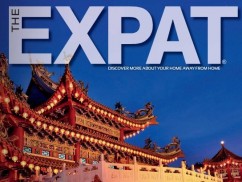
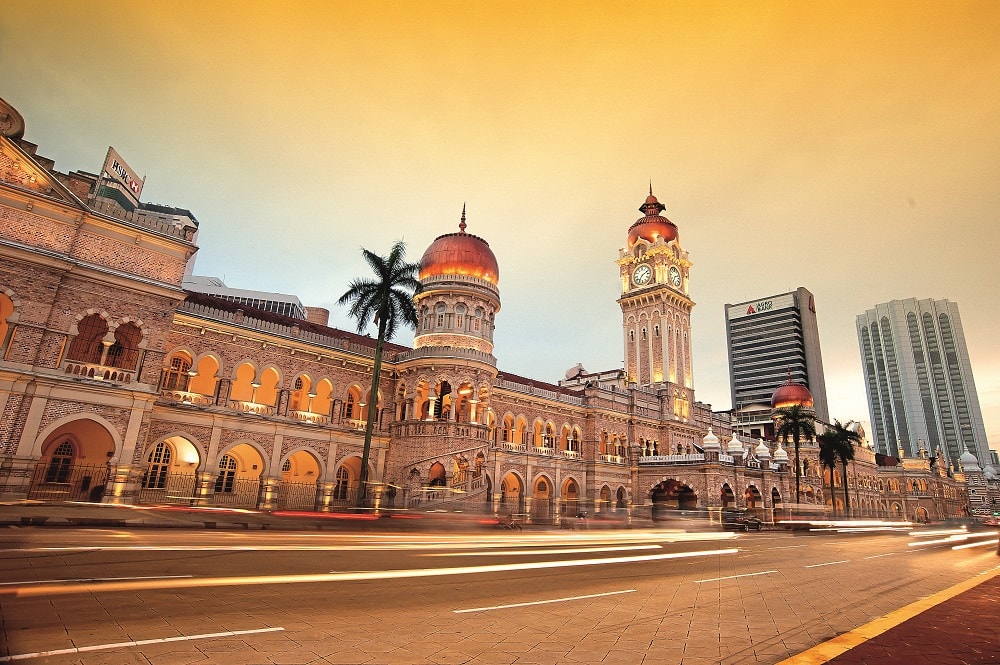

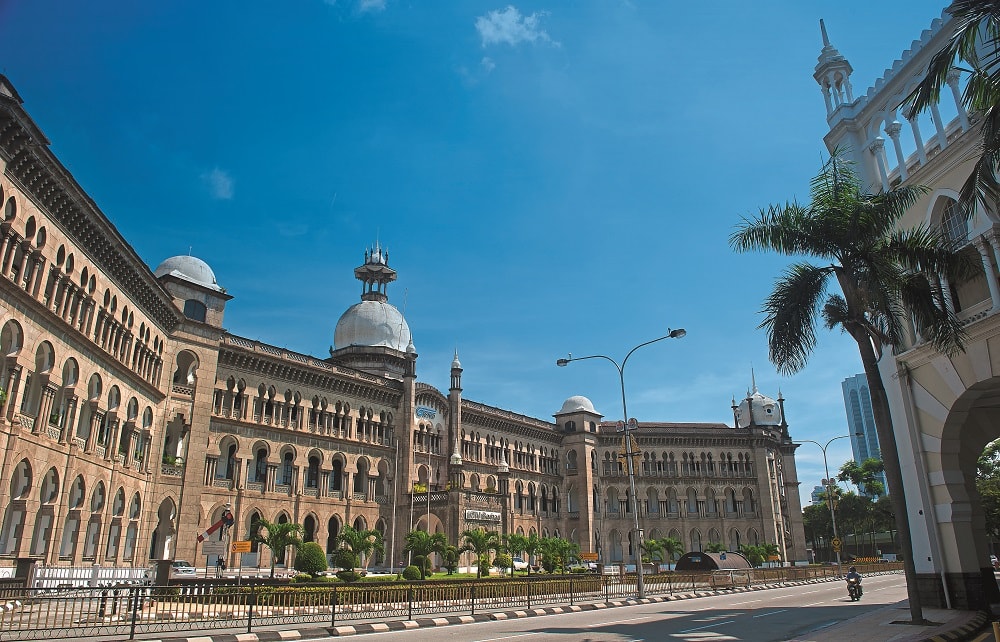
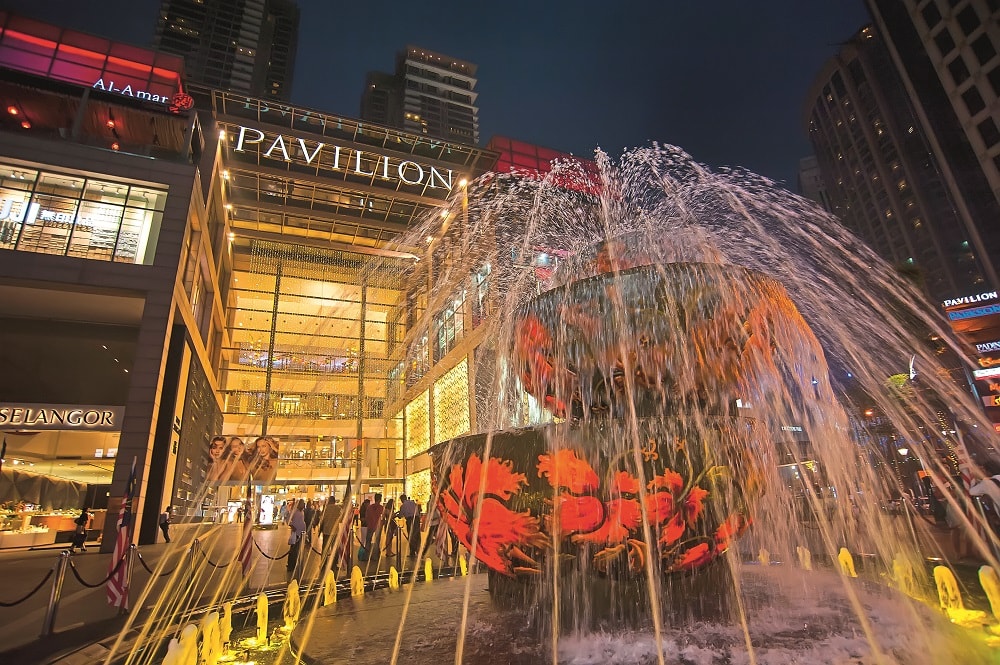
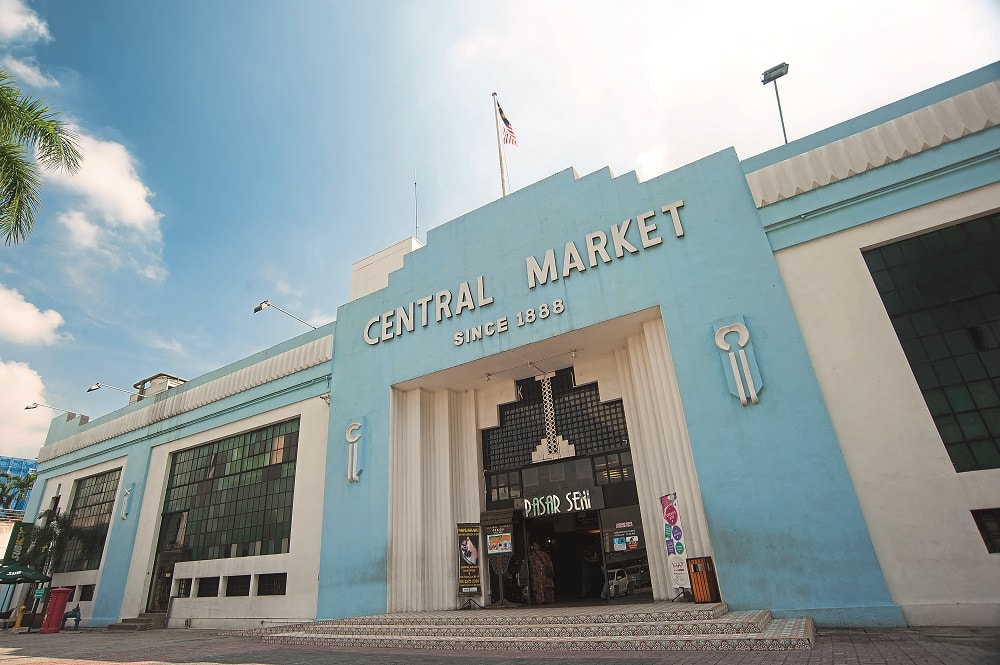
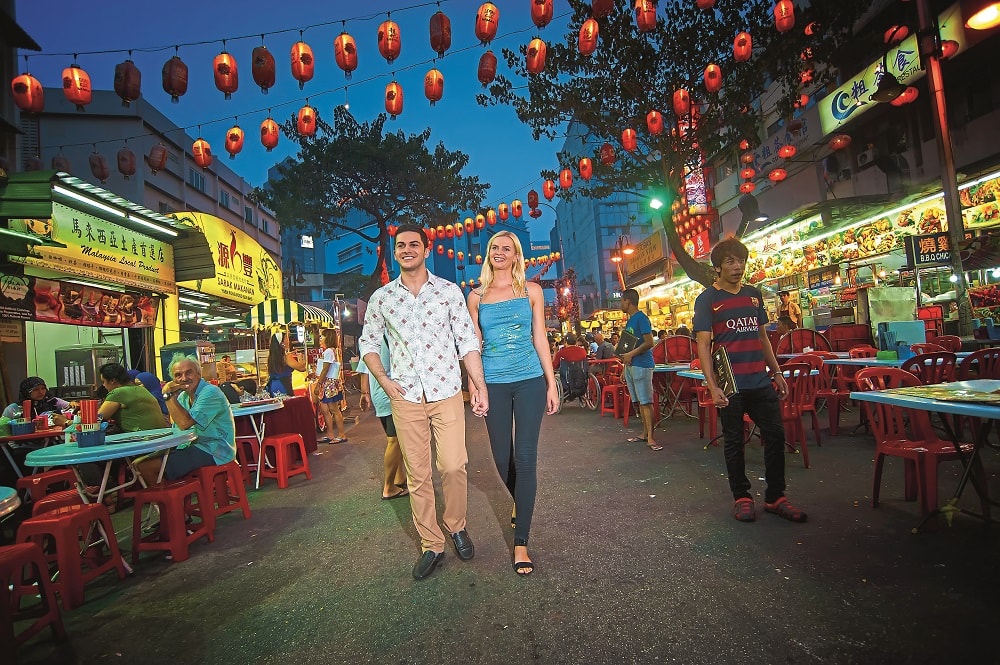
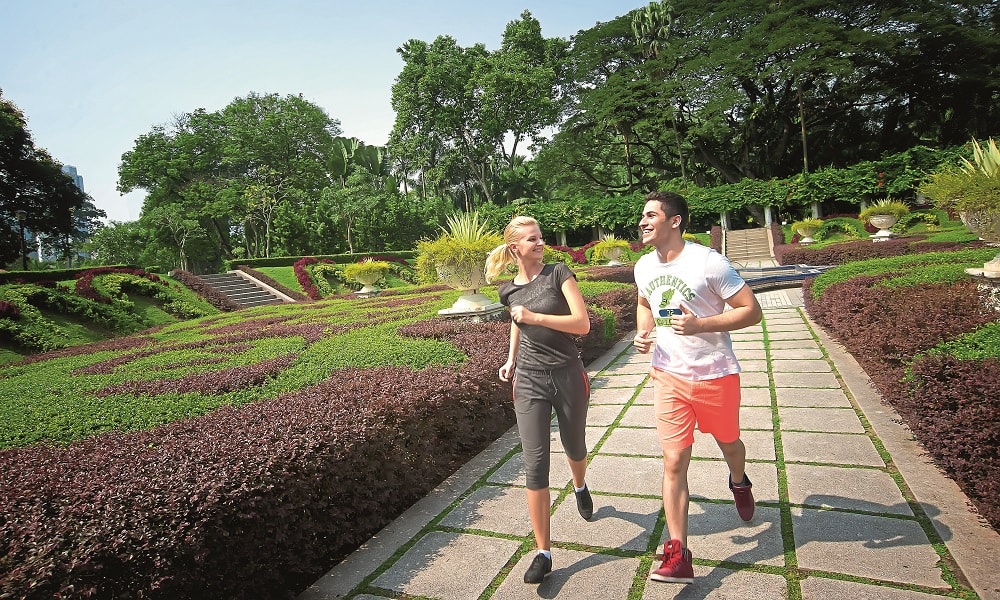















Beth Beckett
So excited!